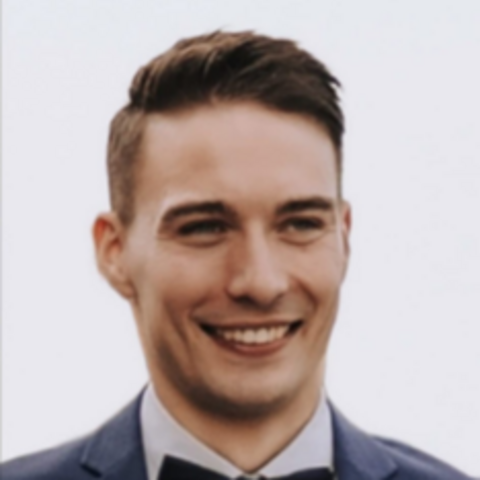
Morris Möller
Philosophenweg 7 | room E004
07743 Jena
tel: 03641 948236
Curriculum Vitae
Education
- 2004-2008
State Elementary School Schleiz - 2008-2016
State High School Dr. Konrad Duden Schleiz | Degree: Abitur (1.5) - 2016-2020
Friedrich Schiller University Jena | B.Sc. Physics (2.7) - 2020-2023
Friedrich Schiller University Jena/Friedrich Alexander University Erlangen-Nuremberg | M.Sc. Physics (1.5) - 2021-2023
Assistant scientist for glass and PTFE fibre production, characterization and arrangement of laser setups at the Max Planck Institute for the Science of Light Erlangen - 2023-2024
Work and Travel through Austria, France, Spain and Portugal - since 2024
PhD student at RTG PhInt
PhD Project
In medicine and research, it is always important to be able to work spatially selectively. For example, medications should ideally only appear where they are needed. In cancer research in particular, this locality is necessary for an effective treatment, as the sometimes highly toxic medications would otherwise attack healthy cells and thus weaken the body. This is why the doctoral thesis "Photoswitchable molecules in biomembranes: Advanced fluorescence microscopy for lightdriven switching of cellular lipid membrane organization" is dealing with precisely this question. Biological cells and their organelles are almost always enclosed by a membrane. This membrane decides via certain channels what can enter or leave the cell and thus forms the gateway to the cell. The task of this project is to install and characterize suitable photoswitchable molecules in the membrane. These undergo conformational changes under the influence of light of a certain wavelength and thereby make the membrane more or less permeable to certain substances. The aim is to install a suitable lock in model membranes that can be opened and closed using light. Since the illumination of different areas can be controlled much better and more precisely than, for example, the transport of molecules in the bloodstream, this ensures strong locality and selectivity for medications. Giant Unilamellar Vesicles (GUVs) and Supported Lipid Bilayers (SLBs) made of lipid solutions are particularly suitable model membranes, as their properties are very similar to those of biological membranes. Since these are very small and low-contrast objects, suitable fluorescent dyes are also used in order to be able to observe and analyze the microscopic processes in great detail using high-resolution fluorescence spectroscopy such as STED.
Publications
- André Hochreiter, Fabian Groß, Morris-Niklas Möller, Michael Krieger, Heiko B. Weber. Electrochemical etching strategy for shaping monolithic 3D structures from 4H-SiC wafers. Scientific reports Volume 13, Issue 1, Page 19086. London: Nature Publishing Group UK, 04.11.2023.